True talent shines no matter the budget, which is just one reason Atlanta-based interior designer Vern Yip has a following worldwide. On the hit television program “Trading Spaces,” Vern transforms rooms with a measly budget of $2,000, always managing to respect the homeowners’ wishes and arrive at an end point both classic and modern. In his other life, he works on high-end design projects, oversees his own line of fabrics and other home-furnishing accessories, and travels the world for inspiration, often with his family in tow. Read on to find out more about our celebrity interior designer crush, Vern Yip.

What is your earliest design memory? Did you grow up with an eye for good design?
My mom had a remarkable design eye, and I owe pretty much everything to her. She always placed an emphasis on education, travel and the arts – even when we didn’t have a lot of disposable income – because she felt that it was critical to becoming a fully functioning, contributing member of society. As a single working mother, her time was stretched thin, but she always found a way to get me to the Smithsonian (I grew up in the suburbs of Washington, D.C.), to attend performances by the National Symphony (always the nosebleed seats) and to travel the world, even if it meant staying in very basic hostels. She ran several retail businesses with my father (he left for good when I was 7) that sold imported furniture and décor from Asia, and I was always there, too, after school and on the weekends. She knew early on that I had a design-eye and, when I was only 6 years old, [she] put me in charge of designing the store window displays. It was an early, hands-on way of learning about scale, proportion and balance.
Most people don’t realize your educational background in architecture, business and chemistry/economics with an undergraduate degree from the University of Virginia and both an MBA and Master of Architecture from Georgia Tech. How does that influence the way you view a project?
The way that I view the world is definitely through a very evenly divided left-brain/right-brain lens. For me, that’s been a real asset in how I view design projects and design solutions. A well-designed project must address both function and aesthetics. Placing emphasis on one over the other, to me, results in a failure. In the past couple of years, I’ve been fortunate enough to have several opportunities to design both the architecture and the interiors of a project. I feel that it’s hugely beneficial to develop those components simultaneously.
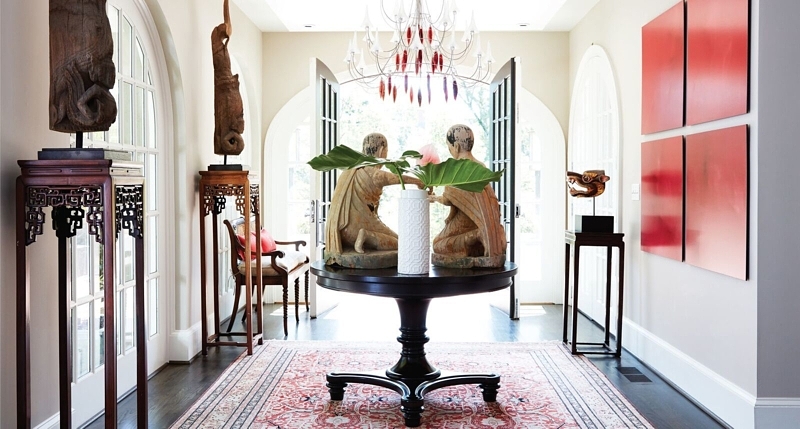
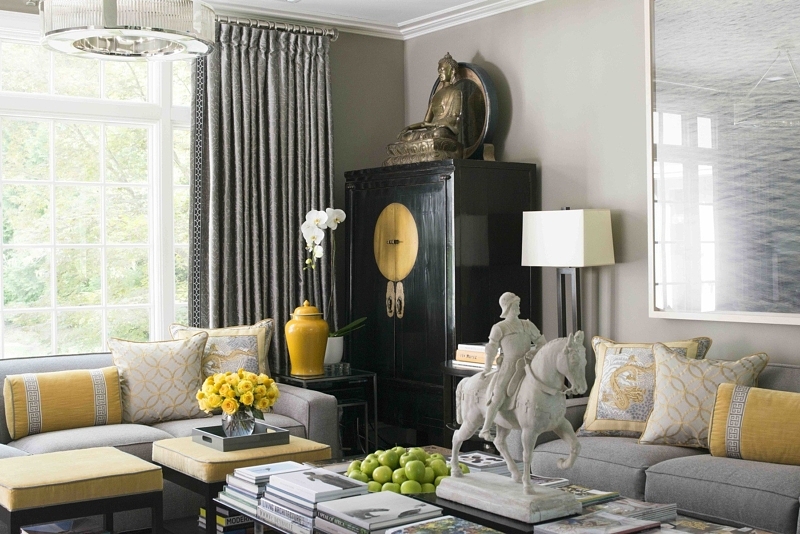
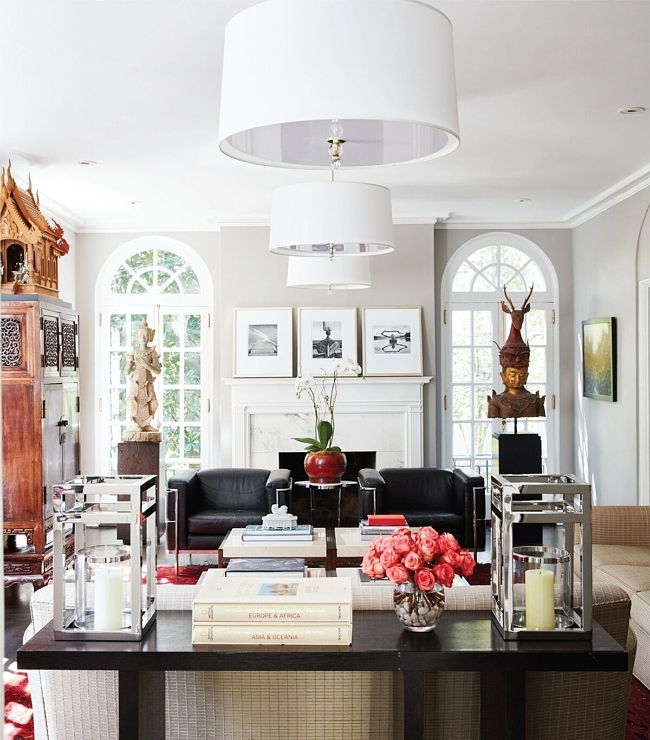

How did you make the leap into television?
Young designers looking to break into television frequently ask me how to go about it. Unfortunately, I never have helpful words of advice because it was never something that I deliberately pursued. After winning Southeast Designer of the Year in 2000, I got my name and face in several magazines and publications. My name recognition was on the rise, and the production company putting together the first season of “Trading Spaces” asked me to come in and audition to be a designer on the series. It took me a while to commit, but I’m so glad that I did. One of the primary reasons I eventually said “yes” is my long-held belief that a well-designed home has the ability to improve everyone’s life … not just the top rung of the socioeconomic ladder. And television is such a great and efficient way to get those design tips and that design information out there. Up until “Trading Spaces,” there really wasn’t a show that appealed to the broad masses by delivering a confluence of how-to and entertainment. “Trading Spaces” really was a game changer in many ways.
RELATED: Laurie Hickson Smith of ‘Trading Spaces’: FACES of the South
What five words describe your design aesthetic?
Tailored, global, warm, graphic, personalized



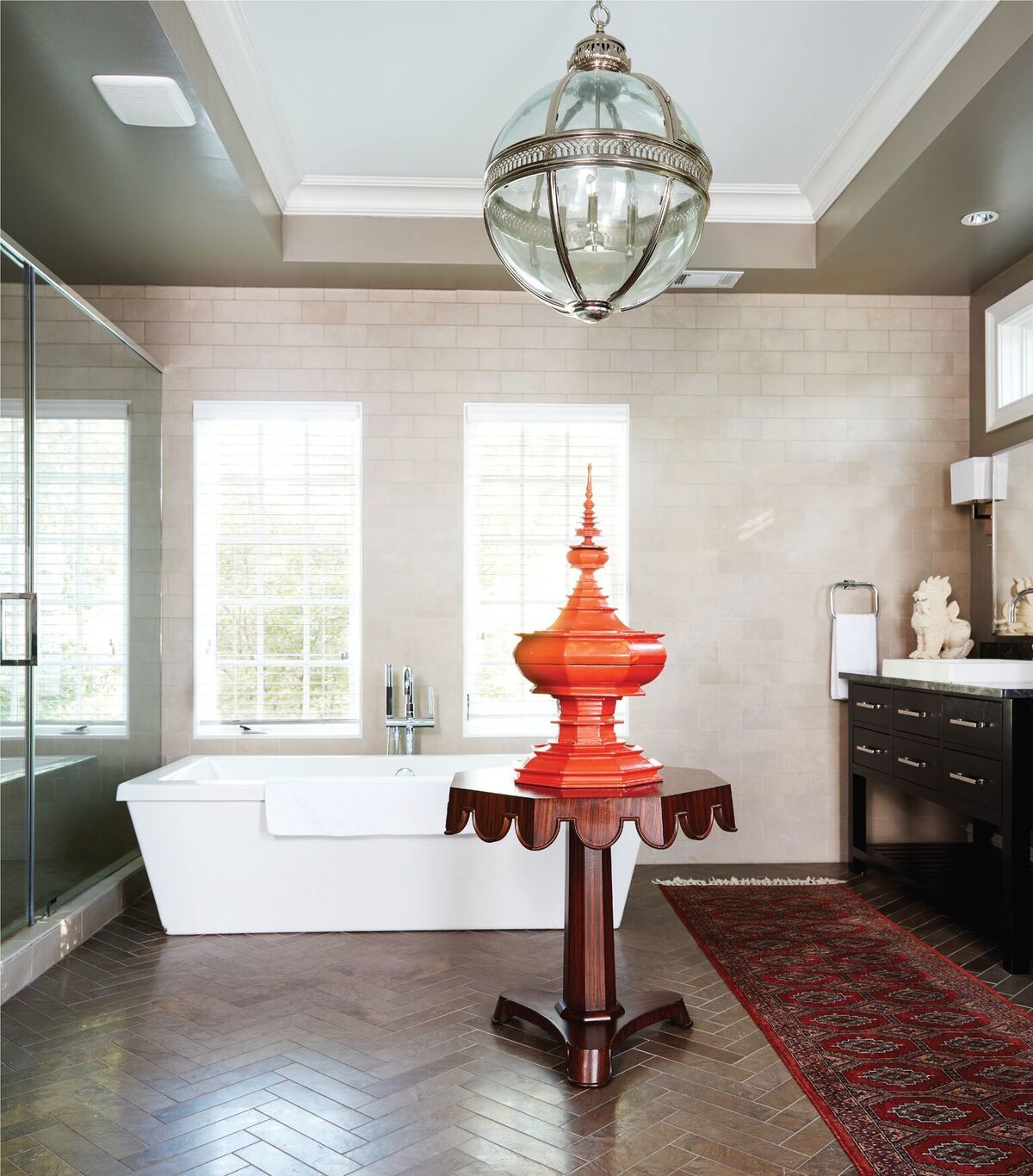
RELATED: A Seagrove Home That Will Make You Rethink “Beach Design”
Who are some of your design idols?
I.M. Pei has perhaps been the most influential design professional in my career. For me, his work always has an innate balance that allows it to be both fresh and timeless. He’s also the person who told me to select the Georgia Institute of Technology for my graduate architecture studies. I also love much of the work of Louis Kahn and Norman Foster. And I’m a huge fan of the artist and fine art photographer, Vik Muniz.
Tell us about a design mistake you’ve made, and how you learned from it.
In my first job, right out of graduate school, I finally moved into an apartment that would let me paint the walls. I was ecstatic to have the opportunity to go for it and did a terrible job of picking colors. All of my selected hues had too much coolness in their undertones so the colors felt flat, lifeless and chilly. It took me a minute to figure out what the problem was. As many know, picking paint colors can be tricky, which is why it’s often worth consulting a professional. Of course, I’ve now had first-hand experience with almost every color in every fan deck and know to largely veer towards selections with warmer undertones. They’re friendlier with other colors, people tend to look and feel better surrounded by them, and they make a home more relaxing to be in.
What design trends do you wish would go away, and are there any you’d like to see come back?
There are definitely trends that I love significantly less than others. But at the same time, I’m keenly aware that having a plethora of choices is what makes it so interesting to work in design. It would be nice if a broader diversity of choices was kept out there, especially on the mass market level, but what you often find is that mass retailer choices are limited to current trends. There is so much brass, pastel and mid-century influence at the moment. All of those things are perfectly fine, but the marketplace is definitely saturated. It will be nice to see design trends swing in another direction.

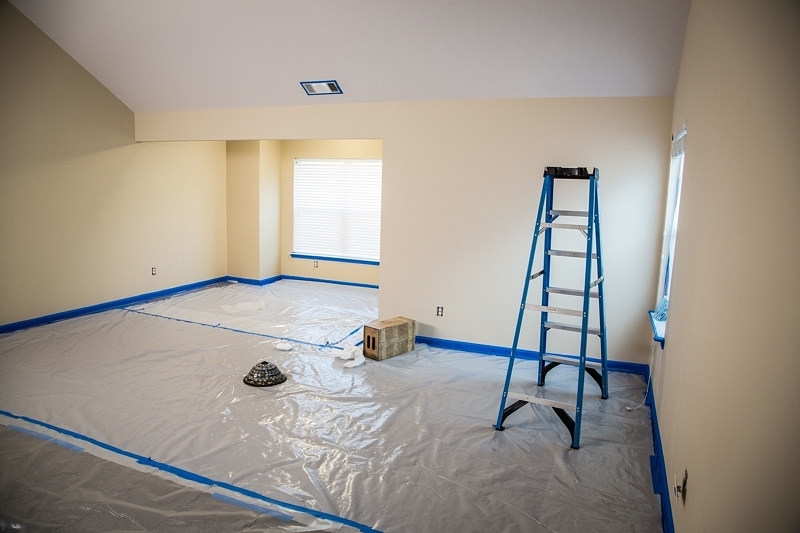


You have a full house with a husband, two children and multiple dogs … what are some ways you’ve made your houses chic but durable?
With two kids (ages 7 and 8) and over 500 pounds of dog at home — we are big dog adoption advocates, and my husband is the founder and owner of WAG-A-LOT — it’s been important to me to make our home as durable as possible without giving up any of the aesthetic that we love. And with so many product advancements, it’s now much easier to accomplish than it used to be. I’ve got my own fabric and trim line with Trend Fabrics that includes a performance line that looks and feels like linen chenille (it’s actually 9% linen) and has technology [that’s] both soil and stain resistant. All of my high-use upholstered pieces are covered in my performance fabrics, which completely frees me up from worrying about kids eating ice cream on the sofa or dogs taking naps on their favorite chairs. I also employ custom-sized rugs using Milliken carpet made from a nylon that’s durable, stain resistant and anti-microbial. And, of course, I’m a fan of wall covering and paint that’s able to be wiped clean.
Where are some of your go-to resources for products, either brick-and-mortar stores in Atlanta or online sources?
Atlanta has a plethora of incredible local resources including ADAC (Atlanta Decorative Arts Center), Jackson Fine Art Gallery, Myers Carpet and Kolo Collection. On a broader, national level, I’m a fan of Cambria for solid surface needs, Emtek for door and cabinet hardware and Oly for interesting accessories and case good pieces. Of course, I use a lot from my own fabric and trim collections, available through the Fabricut showroom at ADAC, and my own lighting collection for Stonegate by AFX available through Ferguson.
If you could be the designer for any well-known person living today, who would it be?
I’d relish the opportunity to do something for the artist and fine art photographer Vik Muniz. I’m inspired by the way he thinks, and I know I’d have access to great art! I’m a tennis geek, so I’d jump at the opportunity to design for Roger Federer or Juan Martin del Potro. They’re both highly skilled yet compassionate players who seemingly place equal emphasis on top-level performance and respectful court conduct. I really believe in manners.
Thank you Vern for inspiring us with your creative and dynamic design.
**********
Find more amazing articles on interior design, our past crushes and more in our “Interior Design” section. Click here!



















